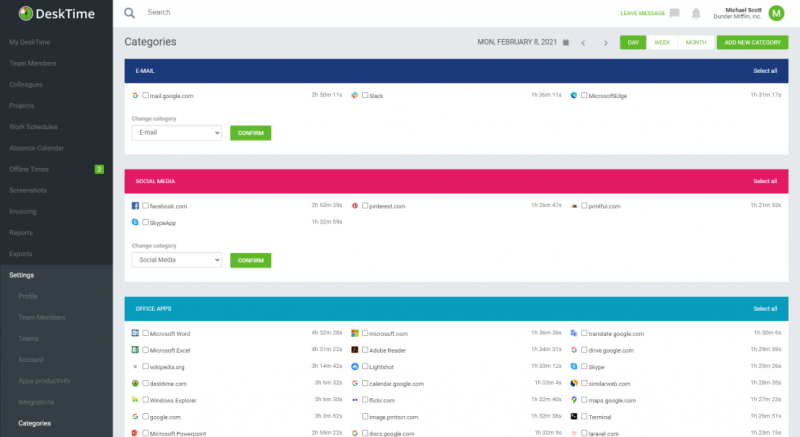

#Uninstall desktime update#
First introduced with SCCM 2007 (the current version is SCUP 2011, although Technical Preview 2017 was released in July), it allows other vendors or in-house developers to build and publish update catalogs similar to the Microsoft Update Catalog. Most Microsoft applications can be managed using the built-in Software Updates feature in Configuration Manager, but what about all the other vendors? In the webinar, we’ll be taking a look at the System Center Updates Publisher (SCUP). A trend among vendors today is to implement automatic delivery of updates through the application itself, but these may require local admin rights and pull the updates directly from the Internet, which most enterprise IT admins will want to avoid. (Ironically, the Petya attack earlier this year was believed to have originated from a compromised auto-update to legitimate accounting software).

#Uninstall desktime Patch#
Keeping applications current means that users get the benefit of new features and enhanced user experience and it tightens the security of your desktop environment as vendors patch security vulnerabilities through maintenance releases. 1E Shopping – a fully-featured app store that integrates with Configuration Manager with cool features such as flexible, email-based approval workflow, application rental and delegated administration allowing managers to request software for their team.Application Catalog and Software Center – two Microsoft Configuration Manager components that enable administrators to make applications available for users to install, either through the Application Catalog web portal or the Software Center client app.
#Uninstall desktime install#
Microsoft Store for Business – the Microsoft offering for organizations that have adopted Windows 10 and Azure AD. Build a Private Store of Universal Windows Platform (UWP) apps and your users can browse and install them from the Windows Store app in Windows.There are a few options we’ll be exploring in our webinar: We’ve seen self-service eliminate hundreds of hours of help desk time and the associated costs, not to mention the “happy factor” that users experience when they can just ‘press a button’ and get the software they need. But a lot still haven’t gone the extra mile and made software available for user self-service. Most organizations use some form of automation to install software, (although only last week I heard of a large UK organization where IT still install software over remote desktop sessions on the user’s PC). I’ll be exploring these in more detail with my colleague Gokul Raju in our upcoming webinar Application Management – this is how you do it on Wednesday 20th September. A typical organization provides hundreds of applications for their users, so what can you do to take the effort out of managing them? In this blog post, I’ve explored four things you can easily automate in your Application Management process, so you can get on with more interesting things. They just want the tools they need at the time and place that they need them. Sure, the infrastructure that supports them is essential, but users don’t want to fuss with all that. To your users, applications are the most important aspect of your IT service.


 0 kommentar(er)
0 kommentar(er)
